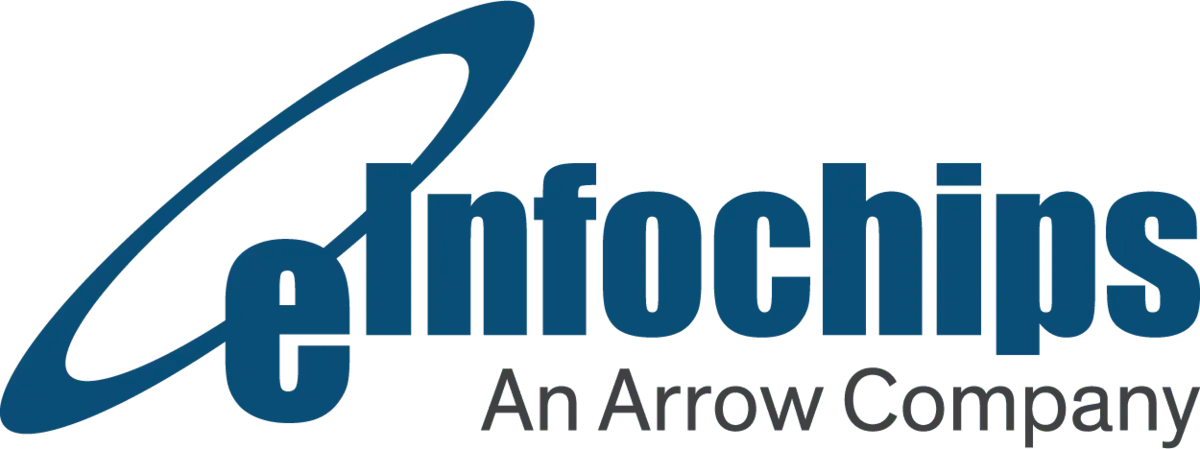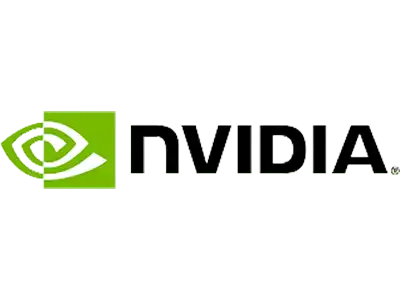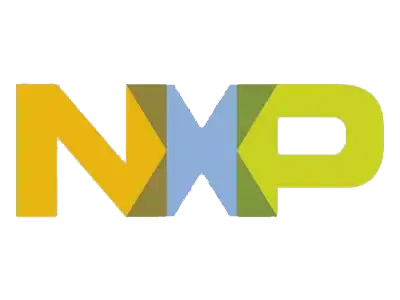OpenTelemetry (OTel) is an open-source observability framework for cloud-native software. It provides tools including APIs, libraries, agents, and instrumentation to capture and export three core types of observability data: traces, metrics, and logs. OTel aims to standardize the generation and collection of telemetry data across various languages and platforms, making it easier for developers and operations teams to gain insights into the behavior and performance of their applications.
OpenTelemetry is a CNCF (Cloud Native Computive Foundation) initiative that resulted from the combination of OpenCensus and OpenTracing. It has emerged as the de facto standard for managing the complete telemetry lifecycle – from initial instrumentation to data generation, collection, and export.
A World Before OpenTelemetry
Before the advent of OpenTelemetry, the observability landscape was fragmented and often vendor specific.
Organizations Faced Several Challenges:
- Vendor Lock-in: Many observability solutions were proprietary, making it difficult to switch between different tools or combine data from multiple sources.
- Inconsistent Data: Different tools and libraries generated telemetry data in various formats, making it challenging to correlate information across services and applications.
- Limited Interoperability: Integrating observability tools with different parts of the technology stack often required significant effort and custom development.
- Incomplete Picture: With separate tools for logs, metrics, and traces, it was challenging to get a holistic view of application performance and behavior.
- Instrumentation Overhead: Adding observability to applications often required significant code changes and could impact performance.
This fragmented approach led to increased complexity, higher costs, and reduced effectiveness in monitoring and troubleshooting distributed systems.
Importance and Benefits of OpenTelemetry
OpenTelemetry addresses many of the challenges faced in the pre-OTel era and offers several significant benefits:
- Standardization: OTel provides a unified, vendor-neutral approach to telemetry data collection and export, reducing the risk of vendor lock-in.
- Comprehensive Observability: By combining traces, metrics, and logs in a single framework, OTel enables a more complete understanding of application behavior and performance.
- Cross-Language Support: OTel supports multiple programming languages, making it easier to implement consistent observability across diverse technology stacks.
- Ease of Integration: With its modular architecture and extensive ecosystem of integrations, OTel can be easily incorporated into existing applications and infrastructure.
- Performance and Scalability: OTel is designed to be lightweight and efficient, minimizing the overhead of telemetry collection even in high-scale environments.
- Futureproofing: As an open-source, community-driven project, OTel evolves with industry needs and emerging technologies, ensuring long-term relevance and support.
- Cost-Effectiveness: By standardizing OTel, organizations can reduce the costs associated with multiple proprietary observability solutions.
- Improved Troubleshooting: With correlated traces, metrics, and logs, developers and operations teams can more quickly identify and resolve issues in complex distributed systems.
Core Components of OpenTelemetry
1. OpenTelemetry API
The OpenTelemetry API provides the core interfaces and classes for instrumenting applications. It includes
Tracer API: For creating and managing spans in distributed traces.
Meter API: For recording application and system metrics.
Logger API: For generating structured log events.
Context Propagation: For maintaining context across service boundaries.
2. OpenTelemetry Software Development Kit (SDK)
The OpenTelemetry SDK implements the API and provides additional functionality:

Image Source: opentelemetry.io
- Samplers: For controlling the sampling rate of telemetry data.
- Processors: For modifying or filtering telemetry data before export.
- Exporters: Components that transmit telemetry data from the OpenTelemetry Collector to monitoring and observability platforms.
- Resource Detectors: For automatically detecting and attaching metadata about the runtime environment.
3. OpenTelemetry Collector
The OpenTelemetry Collector functions as a vendor-independent intermediary that ingests telemetry signals, performs data transformations, and forwards the processed data to your chosen monitoring backends. Key features include:
- Data Reception: Supports multiple input formats and protocols.
- Data Processing: Allows for filtering, batching, and transformation of telemetry data.
- Data Export: Can send data to various observability backends.
- Scalability: Designed to handle high volumes of telemetry data efficiently.
Instrumentation in OpenTelemetry
1. Auto-Instrumentation
Auto-instrumentation in OpenTelemetry allows for the automatic collection of telemetry data with minimal code changes:
- Language-Specific Agents: Many programming languages offer auto-instrumentation agents that can be attached to applications at runtime.
- Framework Integration: Popular web frameworks and libraries often have built-in support for OpenTelemetry auto-instrumentation.
- Ease of Use: Auto-instrumentation is particularly useful for quickly adding observability to existing applications or for teams with limited resources.
2. Manual Instrumentation
Manual instrumentation provides fine-grained control over telemetry data collection:
- Custom Spans: Developers can create custom spans to track specific operations or business logic.
- Custom Metrics: Application-specific metrics can be defined and recorded.
- Attribute Enrichment: Additional context can be added to spans, metrics, and logs through custom attributes.
- Flexible Control: Manual instrumentation enables developers to precisely define the telemetry data collection points and timing according to their application’s specific monitoring needs.
OpenTelemetry in .NET 7
1. Setting up OpenTelemetry in a .NET Application
Add below packages from NuGet Repository:
dotnet add package OpenTelemetry
dotnet add package OpenTelemetry.Extensions.Hosting
dotnet add package OpenTelemetry.Instrumentation.AspNetCore
dotnet add package OpenTelemetry.Exporter.OpenTelemetryProtocol
Configure OpenTelemetry in your Program.cs or Startup.cs:
using OpenTelemetry.Resources;
using OpenTelemetry.Trace;
var builder = WebApplication.CreateBuilder(args);
1. To capture traces, add the following configuration inside Program.cs:
builder.Services.AddOpenTelemetry()
.WithTracing(b => b
.SetResourceBuilder(
ResourceBuilder.CreateDefault()
.AddService(serviceName: “MyService”, serviceVersion: “1.0”))
.AddAspNetCoreInstrumentation()
.AddHttpClientInstrumentation()
.AddOtlpExporter(opt =>
{
opt.Endpoint = new Uri(“http://localhost:4317”);
}));
2. To capture metrics such as request duration, active HTTP connections, and database queries:
using OpenTelemetry.Metrics;
builder.Services.AddOpenTelemetry()
.WithMetrics(b => b
.SetResourceBuilder(ResourceBuilder.CreateDefault()
.AddService(“MyService”))
.AddAspNetCoreInstrumentation()
.AddHttpClientInstrumentation()
.AddOtlpExporter(opt =>
{
opt.Endpoint = new Uri(“http://localhost:4317”);
}));
3. To collect structured logs, configure OpenTelemetry for logging:
using OpenTelemetry.Logs;
builder.Logging.ClearProviders();
builder.Logging.AddOpenTelemetry(options =>
{
options.SetResourceBuilder(ResourceBuilder.CreateDefault()
.AddService(“MyService”));
options.AddOtlpExporter(opt =>
{
opt.Endpoint = new Uri(“http://localhost:4317”);
});
});
With the above code, once data gets exported, it can then be captured by tools such as Jaeger for traces, Prometheus for metrics, and Grafana Loki for logging. We can also export logs to console for debugging using Console Exporter.
Further Steps
- Integration with observability platforms.
- Explore integrating OpenTelemetry with popular observability platforms such as Jaeger, Prometheus, or cloud-native solutions.
- Implement dashboards and alerts based on the collected telemetry data.
- Develop custom analysis tools to derive insights from your OpenTelemetry data.
Conclusion
OpenTelemetry represents a significant advancement in the field of observability, offering a standardized, vendor-neutral approach to telemetry data. By adopting OpenTelemetry, organizations can achieve a more comprehensive and cohesive view of their applications and infrastructure, leading to improved performance, faster troubleshooting, and enhanced decision-making.
As the OpenTelemetry ecosystem continues to evolve, staying informed about new features, best practices, and integration possibilities will be crucial for maximizing the benefits of this powerful observability framework. Whether you’re just starting with OpenTelemetry or looking to optimize your existing implementation, the journey towards better observability is an ongoing process of learning, adaptation, and innovation.
Know More: Devops Services












